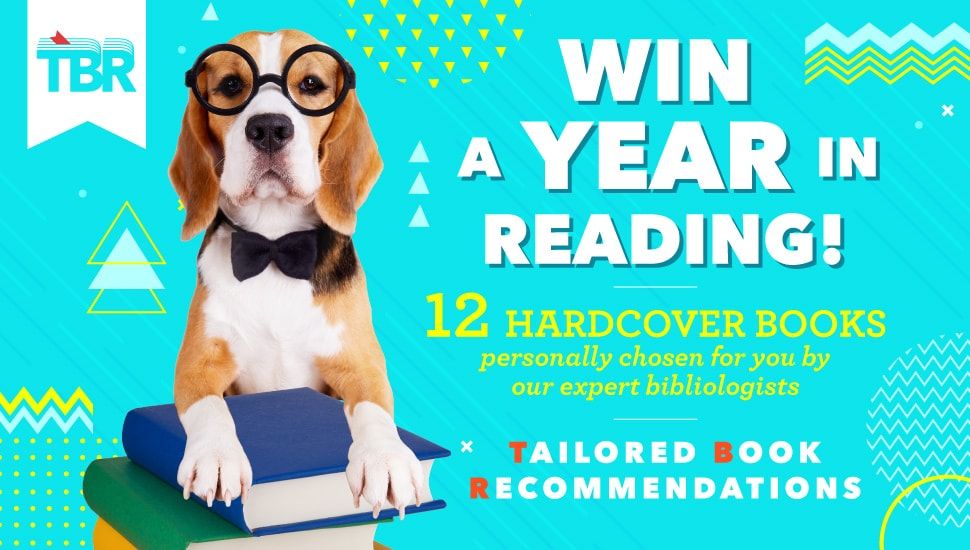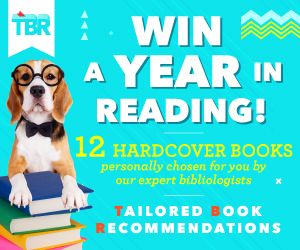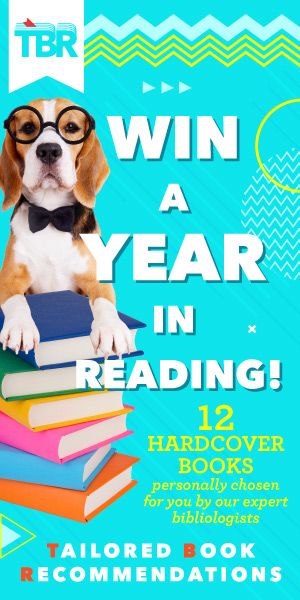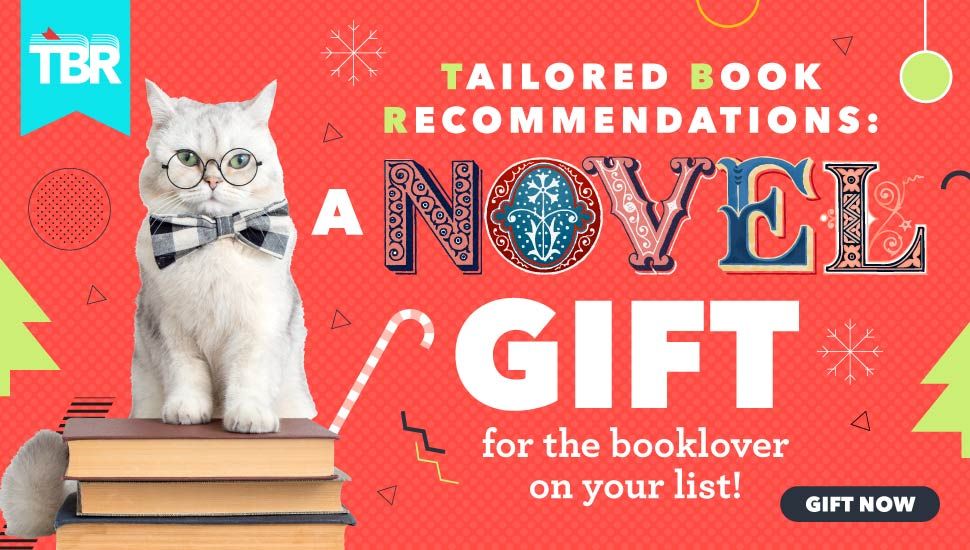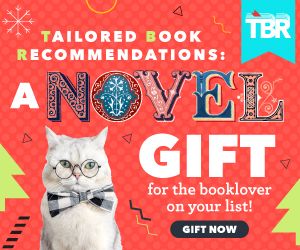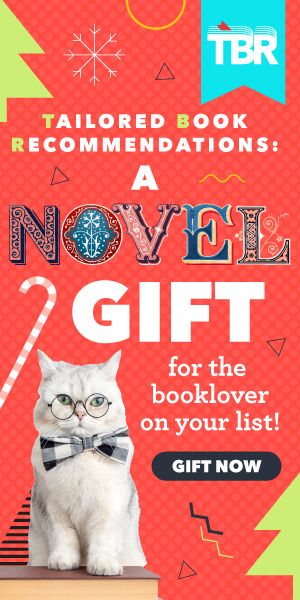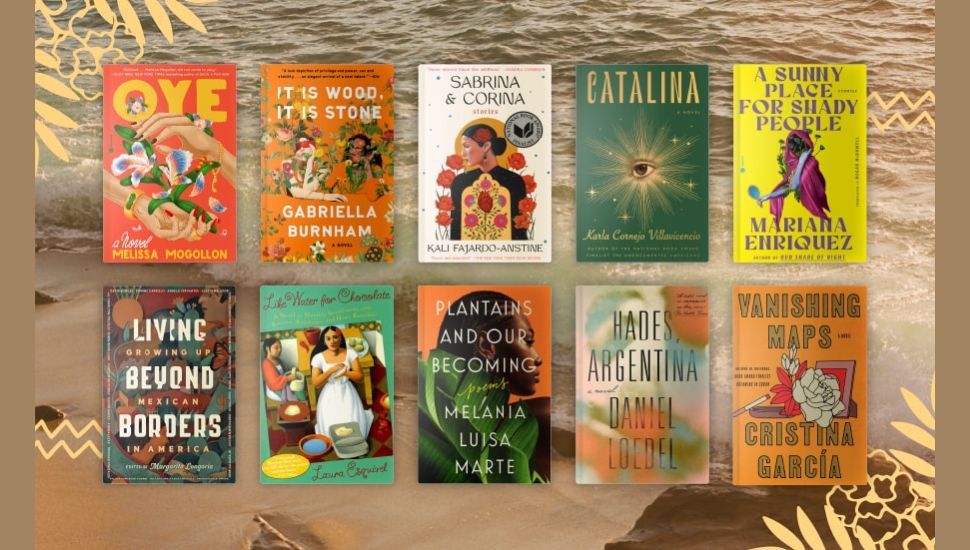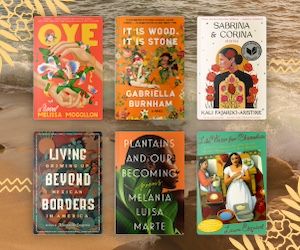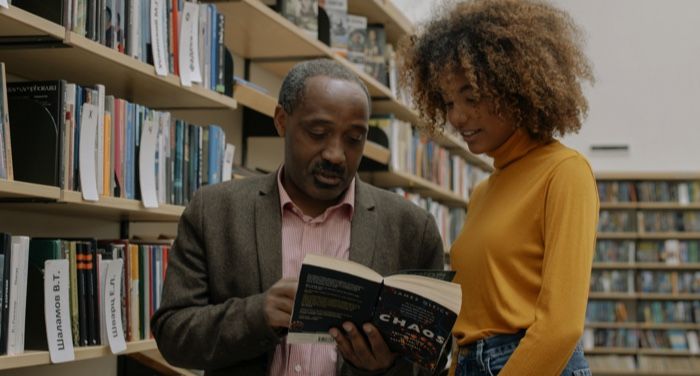
Best Resources to Up Your Reader’s Advisory Knowledge
Answering reader’s advisory questions is one of the most rewarding parts of being a librarian, partially because it can be genuinely challenging. But let’s take a step back and discuss what that term means. Reader’s advisory—RA for short—describes the process of suggesting books and other items to people based on their specific preferences. Patrons tell me what they need, and then I consider keywords, search terms, and potential resources to find relevant suggestions.
First, library staff will do a reference interview—asking questions like “Do you have a preferred genre?” and “What’s the last book you enjoyed reading?” And just FYI, it’s challenging when a patron blows these questions off and instead tells us to pick something we like. Librarians never want to hear that because we’d rather choose books based on personal information, so there’s a better chance the reader will enjoy them. I’ve had patrons tell me that I should choose for them, and then they follow me around vetoing books for twenty minutes because our interests don’t align.
So the questions we ask are essential to provide good reader’s advisory, and then we have tools to make recommendations. I don’t want to recommend a literary fiction novel about family dynamics if someone only enjoys sci-fi. And if you are searching for a book for a kid, I want to know if they rip through books avidly or if they are a more reluctant reader. Do they prefer novels or comics, adventure stories or comedy? Books are so individual, and what makes them work for readers varies.
Maybe you are a librarian looking to beef up your reader’s advisory knowledge or a bookworm who wants to find new books yourself, easy-peasy. Here, I’m sharing a few of the best methods.
Library Resources
NoveList Plus
Listen, no one can read everything; it’s impossible. If you work in a bookstore or library, that would be a ridiculous amount of books to consume, and, frankly, our jobs don’t let us read all day despite how great that would be for reader’s advisory knowledge. But an electronic resource like NoveList Plus, available through most library databases, is a convenient and quick way to find new titles based on preferences. There are tabs for ages from zero to adult, and you can browse by mood or genre. Their advanced search includes boxes for award winners, starred reviews, author’s nationality, and more.
My favourite feature is the title read-alike list. As an example, I searched author Ali Smith’s Like and NoveList Plus’s recommendations found titles based on criteria taken from the book’s plot—subjects like mothers and daughters, sisters, lesbians, and women. You can give each title on the list a thumbs up or down so that the suggestions are more accurate. This is an easy resource to access from home, and it doesn’t require users to be computer search savvy.
Library Catalogues
Library catalogues will provide you with read-alike lists and useful subject and genre searches. I’m most familiar with Bibliocommons, which many library systems use for their online catalogues.
Search for a book in your library catalogue’s keyword/author/title search. Click on the title and voila, you are looking at its record. Once viewing the record, scroll down to the subject and genre categories, then choose whichever you feel most connected to. Let’s use Ali Smith again. For her book Hotel World, I can choose from subjects like accidental death, hotels, teenage girls, or hotel cleaning personnel. Or, genre-wise, ghost stories or Scottish fiction. I can then click on the subject or genre links, and it will bring me to other books with those same descriptors. That lets me search in a way that depends on what drew me to the book—am I a ghost story fan, or do I have a deep interest in the lives of hotel cleaning personnel?
The read-alike lists are compiled by staff from library systems across Bibliocommons, so you aren’t restricted to only what your local library has created. These can usually be found at the bottom of a book’s record.
Book Periodicals
There are a lot of book industry magazines, newspapers, websites, and journals out there. There’s Book Riot, of course, and here you are. But there’s more, and I’ve listed some of my faves below.
Journals and Magazines
Children’s & YA: School Library Journal, Quill & Quire, and The Horn Book.
Adults: American Libraries, Library Journal, Quill & Quire, New York Times Book Review, and London Review of Books.
Newsletters and Websites
Shelf Awareness is a publication that puts out two newsletters a year. The one for general readers comes out weekly, releasing the 25 of the best books of the week, as chosen by booksellers, librarians, and other industry experts. Plus, news and interviews. The other newsletter, Shelf Awareness Pro, supports book professionals with readers’s advisory knowledge. Both are free.
Then there are the websites. Goodreads and What Should I Read Next are useful for finding specific titles, while RA for All is the site of Becky Spratford, a readers’ advisory professional who trains library staff. Spratford’s site provides book reviews and RA training tips. For upping your inclusivity book game, Diverse Book Finder is a database of children’s and young adult books featuring BIPOC.
Using an amalgamation of these resources will make you a reader’s advisory superstar, and you’ll be way more confident the next time someone asks you for a recommendation. Even if you aren’t a librarian or bookseller, these tips will still help you find your next beloved read.
